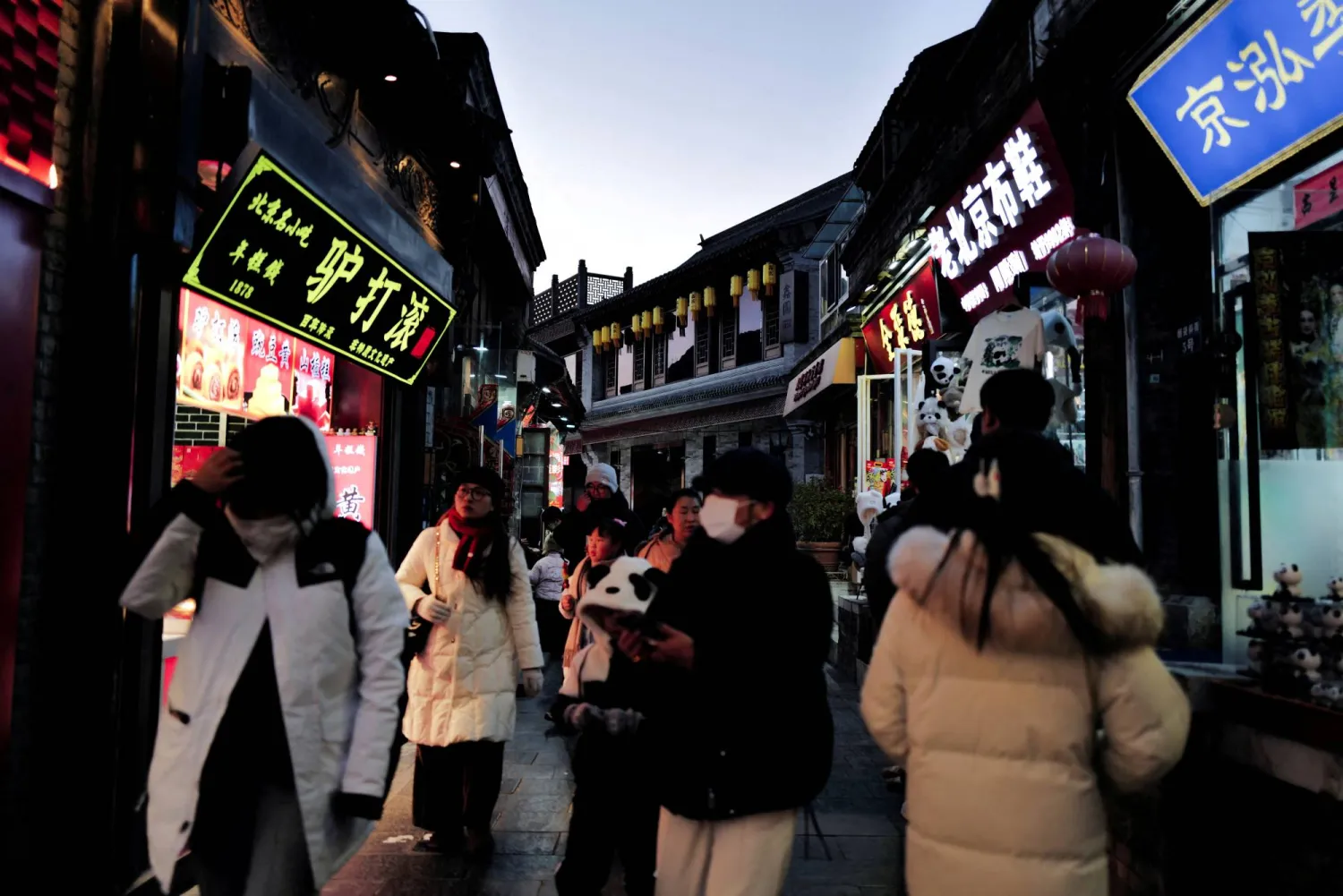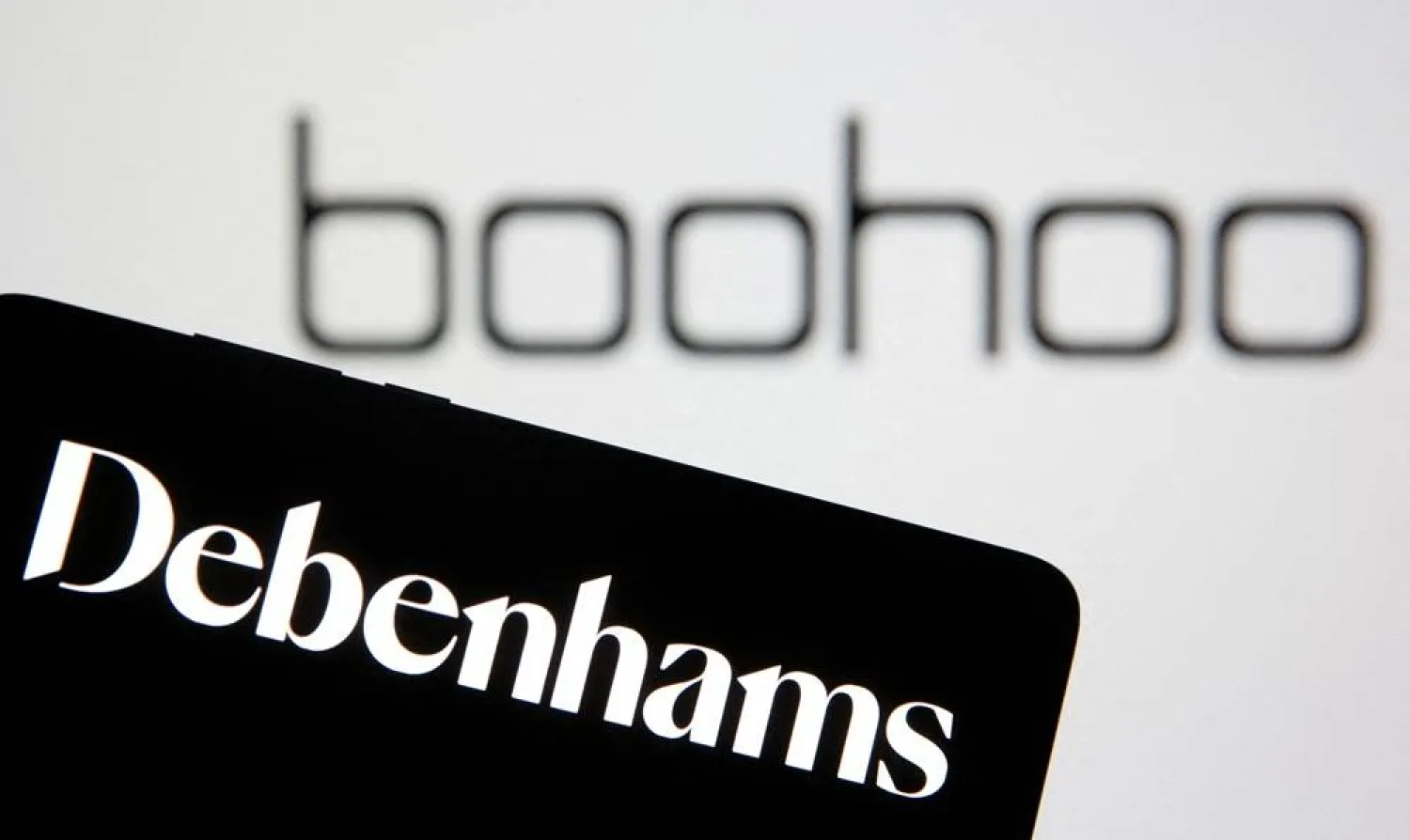Saudi Arabia's Fashion Commission successfully concluded its five-day intensive program titled “Building a Fashion Brand,” held at the Future Creative Residence (FCR) in Riyadh.
According to a press release issued by the commission today, the program aimed to empower ambitious Saudi talents and equip beginner designers with essential knowledge, strategic tools, and practical guidance to support the development and launch of their own fashion brands. It was delivered in partnership with Fondazione Sozzani, an international institution dedicated to preserving culture and creativity and promoting sustainable fashion.
The program highlighted the intersection between fashion, visual culture, and sustainability. Participants engaged in a rich week of lectures, workshops, one-on-one sessions, and brand development activities led by international experts, SPA reported.
The program was supervised by Creative Director of Fondazione Sozzani Sara Sozzani Maino, one of the world's most prominent advocates of responsible fashion known for her work with Vogue Italia and Vogue Talents, alongside Riccardo Terzo, stylist, editor, and creative director of DUST China, who has extensive experience in talent scouting and the history of fashion imagery.
The two experts presented an integrated curriculum covering brand identity, storytelling, visual language, portfolio development, responsible fashion practices, and the evolving landscape of global fashion culture.
Participants were offered a continuous creative journey, exploring the foundations of defining personal and brand identity, developing integrated visual and written narratives, understanding contemporary fashion imagery and communication methods, and building a design approach rooted in sustainability, responsibility, and professional ethics.
They also enhanced their ability to develop strategies through research and moodboards, explore collaboration opportunities, and build integrated creative ecosystems, in addition to benefiting from individual mentoring sessions focused on refining vision, strategy, and identity.
The release added that their perspectives were further broadened through documentary screenings, open discussions, and analytical studies of global brands such as Jacquemus, Wales Bonner, and the Fashion Revolution movement, contributing to strengthened awareness of contemporary international trends.
On the final day, participants presented their developed brand concepts before a panel of experts, showcasing identity statements, visual visions, and strategic foundations for each brand. The program concluded with an official ceremony at the Future Creative Residence, where participants received certificates of completion.
The “Building a Fashion Brand” program reflects the Fashion Commission’s commitment to empowering the new generation of Saudi designers, enhancing global creative exchange, and building a sustainable fashion ecosystem that meets future needs within the Kingdom.
Through its strategic partnerships with leading international institutions such as Fondazione Sozzani, the commission continues to develop specialized programs that support emerging talents and elevate the fashion scene in Saudi Arabia.
In this context, the Sozzani Foundation is preparing to launch another program under the supervision of the Fashion Commission titled “Content Creation in Fashion,” scheduled for December 15, 2025, in Milan. A group of Saudi designers has been selected to participate, including one designer nominated from the previous program to ensure continuity of learning and deepening of acquired skills.









